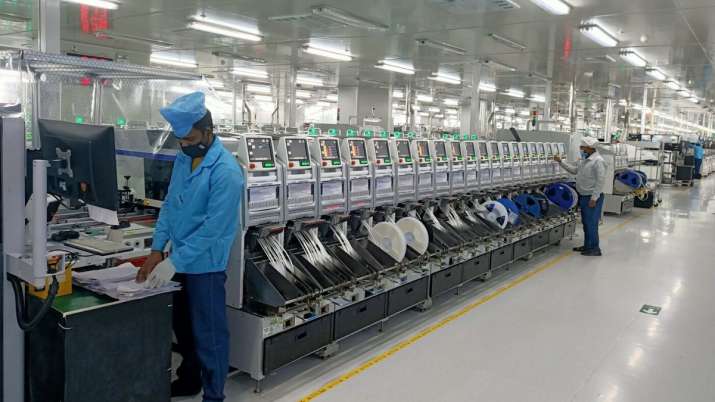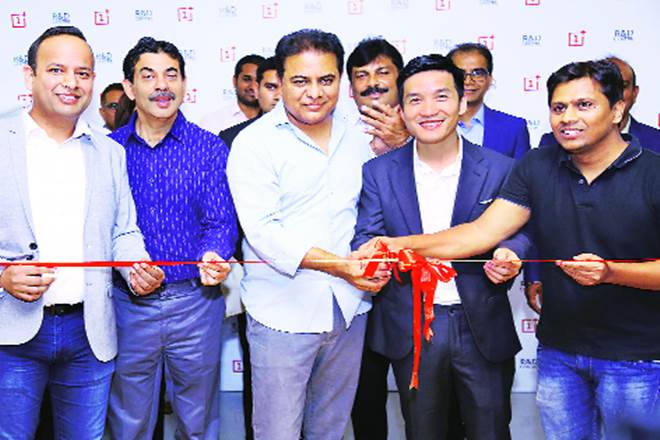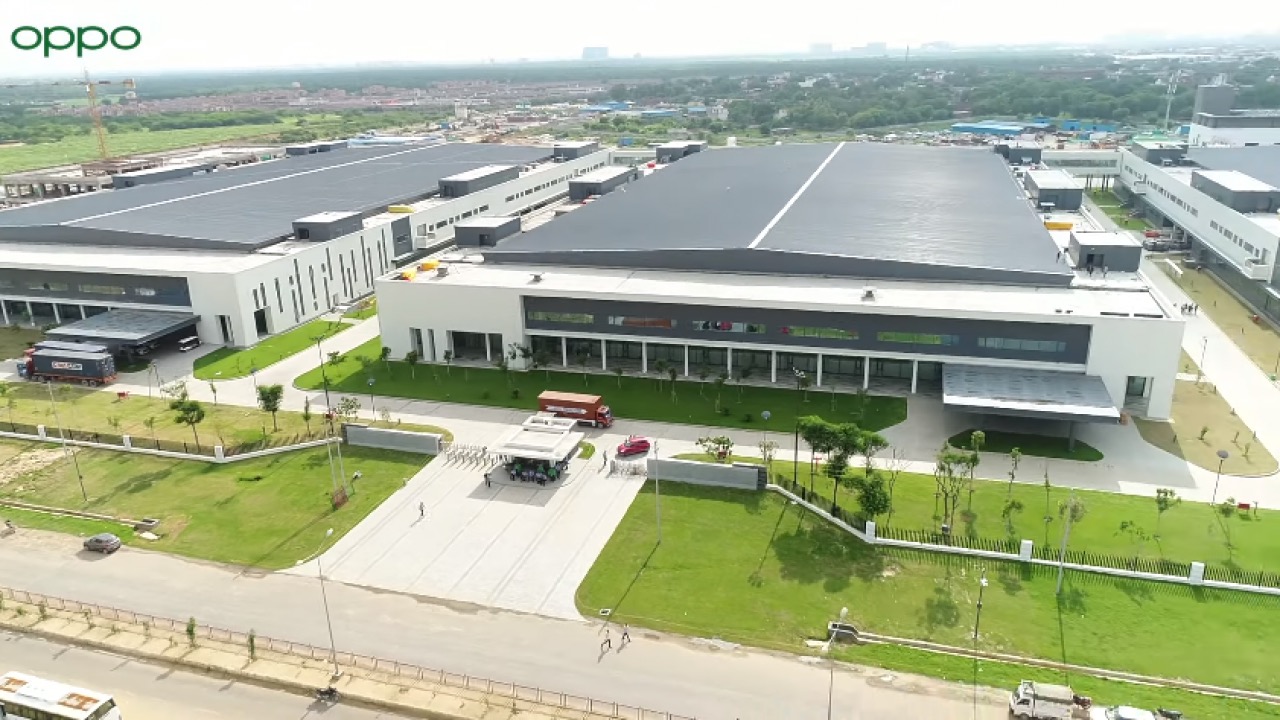Why Boycott China is not as easy as it sounds on Twitter
It's much more than a hashtag

Ever since India went into a lockdown in end-March, anti-China hashtags have arrived and disappeared with a frenetic pace. Today, the question that we need to study is which of the two parties would be hit the hardest if economic distancing does take place?
Before we explore this theme, here are some facts around the interconnectedness of the two economies. Cumulative investments in India crossed $8 billion in end-December 2019 of which just over half would be in the high-penetration technology space. Xiaomi handsets are bigger than Samsung in India, so are Huawei routers and the PayTM payment system.
As many as 18 of the 30 tech unicorns have varying Chinese investments. Look at some of the big names: PayTM, Byju's, Flipkart, MakeMyTrip, Ola, Oyo, Quikr, Snapdeal, Swiggy and Zomato to name a few. The Indian cricket team --- the country's most favorite sport --- was sponsored by a Chinese phone brand and is now replaced by an ed-tech company with Chinese investment.
- Smartphone recovery in China offers hope to the industry
- Google enables TikTok to regain ratings lost by Indian boycott
- TikTok competitor Mitron app is not made in India
India's pride and the Chinese connect
India's federal minister for electronics and IT Ravishankar Prasad took to Twitter to explain how the country today owns second place in the list of smartphone makers and how over the past five years as many as 200 manufacturing units have been established. A closer look reveals that most of these enterprises are of Chinese origin.
Under the leadership of PM @narendramodi, India has emerged as the 2nd largest mobile phone manufacturer in the world. In the last 5 years, more than 200 Mobile Phone Manufacturing units have been set up. #ThinkElectronicsThinkIndia pic.twitter.com/fGGeCRpj87June 1, 2020
A report from Gateway House: Indian Council on Global Relations says that Chinese investors hold a major stake in 18 of India's top-30 tech unicorns. In spite of these investments being small in size, the influence it holds in a tangible and intangible manner is huge and rather "disproportionate in value".
TikTok videos are watched and created across the length and breadth of India while devices from Xiaomi, Realme and Vivo have swept aside Samsung while OnePlus has attracted the attention of even high-end smartphone users usually preferring the iPhones. Of course, every device from Apple that lands in India comes from Chinese territory too.
Investments and intent from manufacturers

In terms of investments and intent, a lot has come to the fore over the past 12 months. For example, OnePlus had set up its first R&D centre outside of China and the US at Hyderabad in 2019 and committed to investing $130 million over the next three years. CEO Pete Lau had said that within that time space the Indian facility would become the company's largest.
Get daily insight, inspiration and deals in your inbox
Sign up for breaking news, reviews, opinion, top tech deals, and more.
Now take the case of Vivo India which had announced investments to the tune of $1 billion last August in addition to the $50 million that it had pumped in for upgrading manufacturing to produce 100 million devices per year. The company, which employs 7,500 currently, said it wants to increase it to 40,000 over the next 7-8 years.
As for Xiaomi, the company didn't bother waiting for the future. They invested close to $470 million in its Indian entity, the largest since the Chinese company arrived in 2016. The money will be utilised to expand into white goods such as water purifiers, washing machines, laptops and refrigerators and to expand company-owned Mi Home retail stores.

A chip off the Chinese block
The issue is not just about investments that Chinese companies have made in India. There is a bigger challenge in terms of technology, which is what made Indian smartphone makers like Micromax and Lava not capture the imagination of local users. This, in spite of the fact that they had pumped in enough investments during their heydays.
Semiconductors, which is a critical component of phones besides ICs, diodes and transistors, is something that China holds an edge over India. Barring Intel, the other chipset makers are Asian with many Chinese devices now using the Kirin processors made by the Shenzhen based HiSilicon, a fully-owned subsidiary of Huawei.
Any upheaval in this segment and consumers would get phones with processors that aren't as fast or cannot handle the potency of mobile phone cameras that are getting launched off late. With China setting up a $29 billion state-backed fund to invest in the semiconductor industry, it is obvious that it aims to hold a deciding edge in this critical area as well.
The Chinese embed in India
While Chinese investments in India, at $8 billion, stands nowhere close to the United States, it gives disproportionate value to the investors through deep penetration. Be it the way TikTok has reached the hinterlands or how Byju's has spread across the country, thanks to internet penetration and growing demand for ed-tech.
Tech companies and funds from China, led by the likes of Alibaba and Tencents have funded more than 90 Indian start-ups which shows the extent to which Chinese firms have embedded into the Indian technology ecosystem. The Gateway House report says without pumping money into Indian infrastructure, Chinese entities have invested small tranches into critical areas.
Till date, the single largest investment by a Chinese company in India is the $1.1 billion buyout of Gland Pharma by Fosun in 2018, which incidentally accounts for 17% of all Chinese FDI flow into India. The other big investments include that of MG Motors which became the first auto-maker to arrive on Indian shores.
The social media storm
So, what's all this ban on China narrative about? It began with the Wuhan pandemic comment from President Donald Trump. This was followed by India's decision to scrutinise all of its neighbour's investments. Then came a war of words between two YouTubers that resulted in TikTok facing the flak and now we have a social voice seeking to battle Beijing with the wallet so that their border-standoff gets defused.
The call to boycott Chinese goods came at regular intervals and now includes even mobile apps. Which is where the problem starts at ground zero. An app that claims to delete all the Chinese apps from your smartphone is on the prowl and already claims a million downloads. Who makes these apps? And what do they want?
An app a day, keeps users at bay
In the recent past, we have had several start-ups coming to fore with apps that make tall claims. An example is Mitron which claimed to be a "Made in India" app that could replace TikTok of Chinese origin. Even the latest Delete Chinese Apps app is credited to a Jaipur-based start-up that appears to have started-up very recently, at least going by its website.
The developers claim that the app is meant for academic purposes to help users identify the country of origin of mobile applications, now label it as a tool that can scan Android phones and delete Chinese apps. However, they have taken precautions by also stating on Google Play Store that they aren't forcing people to uninstall any applications.
Each of the above facts gleaned from the company's website as well as their statement on the Play Store is enough to indicate that there's an obvious effort to corner some eyeballs. And what better way today than to follow the trend on social media?
#BoycottMadeInChina #SoftwareInAWeekHardwareInAYearFor decades India's tolerance with Chinese intrusions in Ladakh was like...Woh bedardi se sar kaate mera or mai kahun unseHuzoor aahista aahista, janaab ahista ahista...But nowSena degi bullet se jawaab,Hum dengey wallet seMay 29, 2020
The reality of the situation
If we were to move beyond the social media battles and look at the reality, it is obvious that China is today technologically world class and powerful financially. Though not anywhere near as strong as US companies, nor as dominant as these were in the 1960s through 1980s. However, several countries including China prospered using US investments and technology (especially the auto industry).
So, what stops India from doing so with Chinese investments? India's auto industry owes it to the Japanese and the Koreans, so why shouldn't smartphones, consumer electronics and several other businesses benefit from Chinese know-how and investments?
It is also worth remembering that Prime Minister Narendra Modi has conducted several highly publicised meetings with his Chinese counterpart Xi Jinping. In spite of President Trump's posturing towards Beijing, India may just handle China diplomatically.
Social media can continue to posture, but diplomacy is what matters and India would do well to remember that economic distancing never does any good to anybody.
A media veteran who turned a gadget lover fairly recently. An early adopter of Apple products, Raj has an insatiable curiosity for facts and figures which he puts to use in research. He engages in active sport and retreats to his farm during his spare time.
